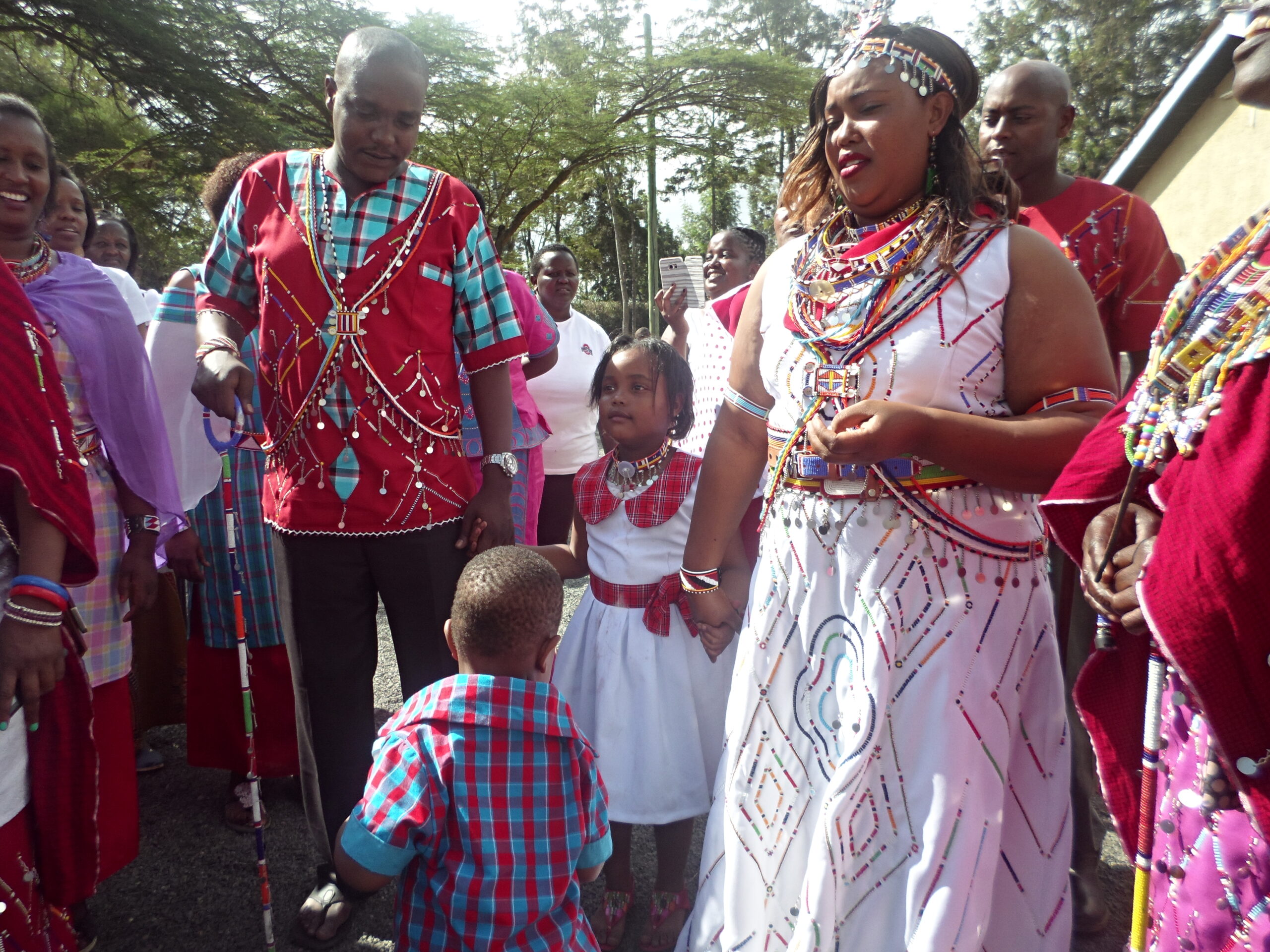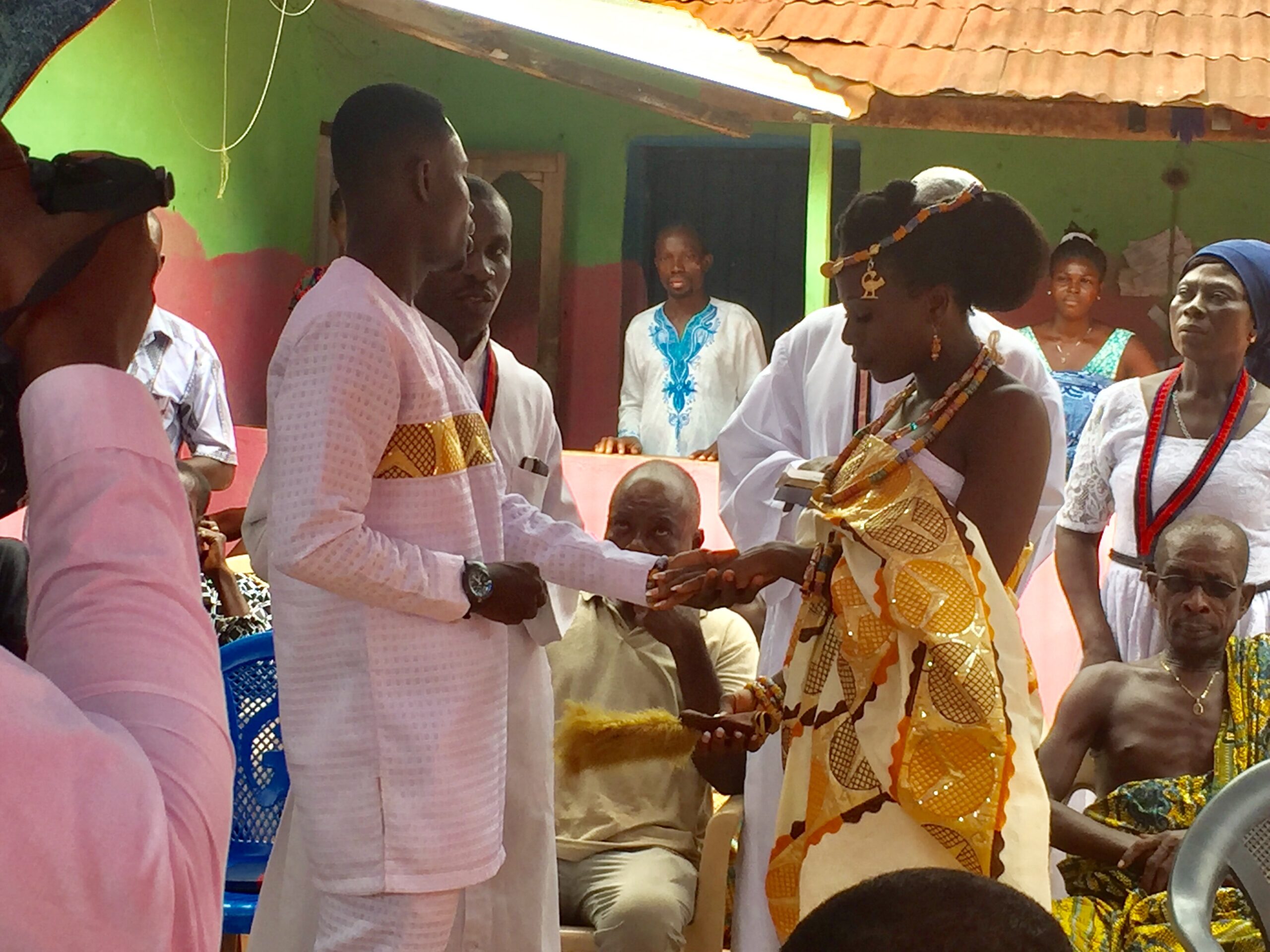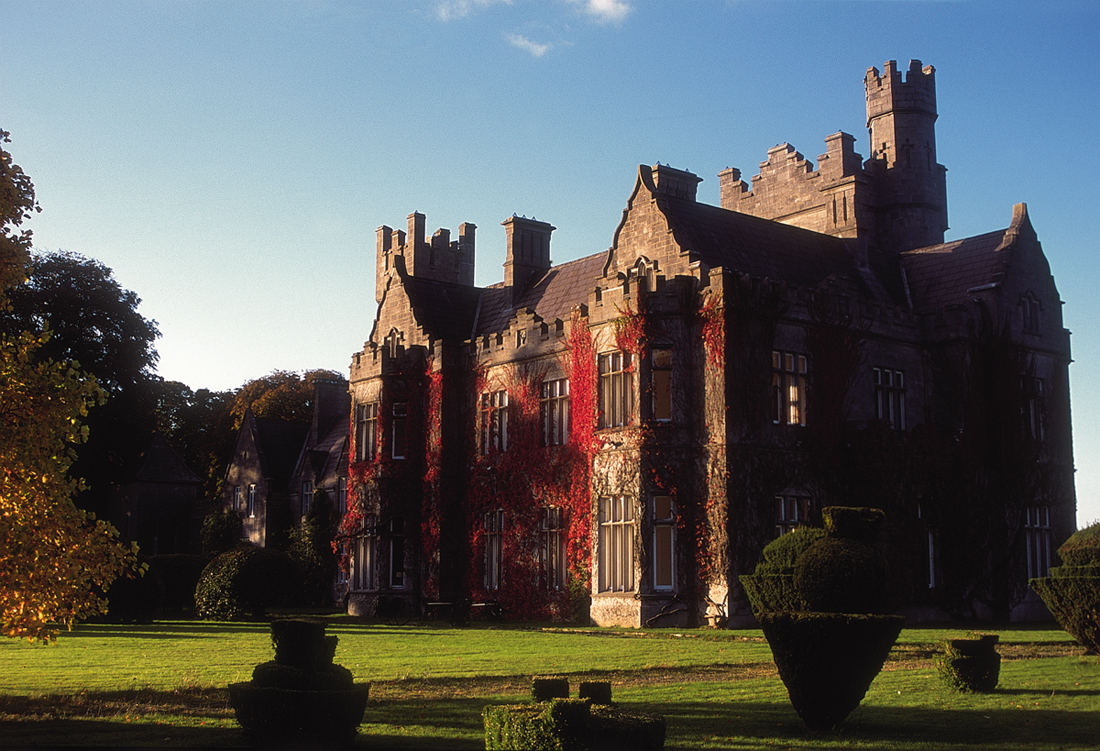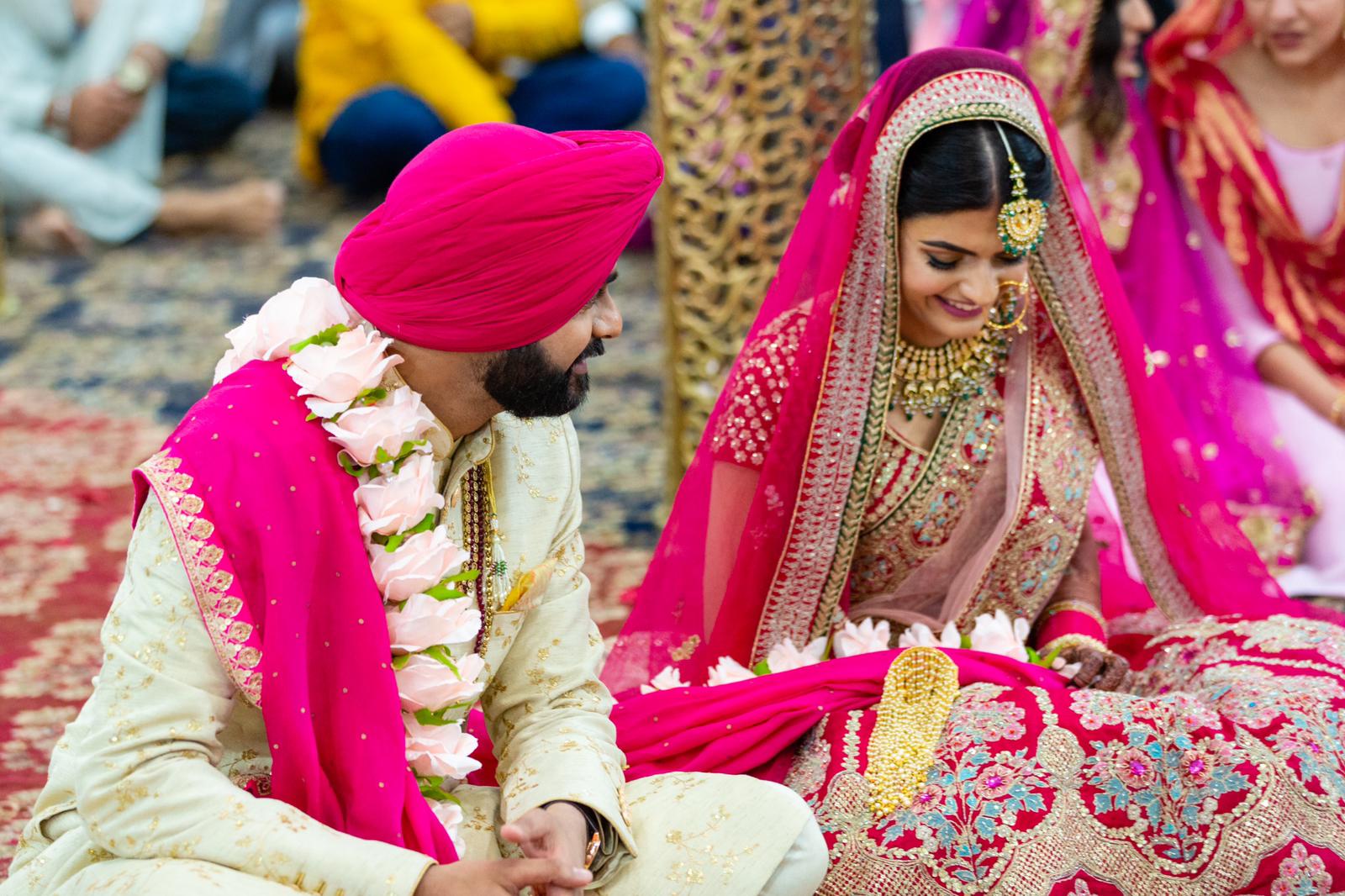The mystique and allure of the Maasai wedding traditions in Kenya form a captivating tapestry of cultural heritage that fascinates both locals and visitors alike. This intriguing journey takes us on a voyage into the depths of time-honored practices, vivacious rituals, and their symbolic meanings that help us understand the Maasai people’s love, relationships, and society at large. Our key focus throughout this blog post will be on “Maasai Wedding Traditions” and the fascinating aspects associated with them. So, let’s embark on this fascinating journey together and peel back the layers of tradition and ritual to reveal the heart of the Maasai culture.
Matchmaking and Dowry Negotiation
The first element of the Maasai wedding tradition involves an intricate matchmaking and dowry negotiation process. When a Maasai man decides to marry, he begins by identifying a suitable girl, often with the help of his age-set group (a unique system in Maasai society where boys and girls of the same age are initiated together). The process may seem long, but each step is integral to the Maasai’s traditional values.
The dowry negotiation follows, known as “Enkipai.” This negotiation primarily happens between the groom’s and the bride’s family, particularly involving the fathers and male elders. In the Maasai culture, a dowry is typically a certain number of cows, symbolizing the bride’s worth and the new bond between the two families. This aspect of the wedding tradition is not merely a transaction, but a profound social ritual that strengthens communal ties.
In a digital age, where swift interactions often overshadow lengthy, face-to-face conversations, the Maasai’s patient and respectful dowry negotiations stand as a testament to their strong community values. And although the number of cows varies across different regions and families, the central theme of mutual respect and equality remains an unchanging cornerstone in this age-old tradition.
Pre-Wedding Rituals: Shaving and Beading
Prior to the wedding, the Maasai bride undergoes two significant pre-wedding rituals: shaving and beading. Both these rituals are crucial in preparing her for the life-changing event and the journey of married life.
The shaving ceremony signifies the bride’s transition from one stage of life to another. It involves shaving off her long, intricately braided hair, a symbol of her maidenhood. This process, often accompanied by traditional songs and dances, marks the end of her life as a single woman.
Following the shaving, comes the beading ceremony. The bride’s mother, along with other women from the community, adorns her with intricate, colorful beadwork. This jewelry doesn’t just serve as decoration but is laden with cultural significance. Different colors represent different aspects of Maasai life: red symbolizes bravery, blue represents rain, and green stands for health.
The process of shaving and beading is a vibrant celebration of the bride’s journey. It not only prepares her for the transition into marital life but also reinforces the supportive bond among the women in the community, fostering a sense of unity and mutual respect.
The Wedding Attire
The Maasai wedding attire is a riotous celebration of color and detail that truly captures the spirit of the tribe. Both the bride and groom wear a traditional Maasai dress known as “Shuka.” This brightly colored piece of cloth, typically checkered in red, blue, or black, is often worn draped over the shoulders or around the body.
For her wedding, the bride’s Shuka is richly decorated with intricate beadwork and is accompanied by handcrafted jewelry like necklaces, bracelets, and anklets. These accessories are designed to match her wedding attire and make her stand out as the star of the event. On the other hand, the groom’s outfit, though simpler, carries its own charm. He often wears an ostrich feather headdress known as “Oloirobi,” symbolizing his transition into manhood.
While modern influences have nudged the Maasai toward contemporary clothing styles, the traditional Shuka remains the chosen attire for significant events like weddings. Its vibrant display of colors and patterns is a testament to the Maasai’s strong connection to their heritage and the natural world around them.
The Wedding Ceremony
The Maasai wedding ceremony is a day filled with traditional rituals, songs, and dances that reflect the joy and unity of the community. Unlike some other cultures, there’s no particular venue or specific day for a Maasai wedding. The event typically takes place in the village, surrounded by the community, and on a day chosen by the elders.
One significant part of the wedding ceremony is the “Ol Aynigi,” where the groom’s mother blesses the couple by sprinkling them with milk. This act symbolizes fertility and a successful future. Following this, the entire community joins in for a celebratory feast, sharing food, stories, and laughter. It’s a time of joyous union, reflecting the Maasai belief in togetherness and communal happiness.
The Bride’s Departure
Post-wedding, the bride’s departure from her family’s house to her new home is a poignant moment filled with mixed emotions. As part of the tradition, the bride’s mother blesses her daughter one last time, a heartfelt moment encapsulating both the joy of her daughter’s new journey and the sorrow of her leaving.
In the ceremony known as “Eunoto,” the bride walks towards her new home, stopping periodically to look back at her family’s house. The act signifies her gradual transition from her natal home to her marital one. Her journey, often accompanied by songs sung by the village women, ends with her arriving at her new home, welcomed by her husband and his family.
The “Enkang E-kule Naata”: First Home
Following the wedding ceremony, the newly married Maasai couple begins their life together in their new home, called “Enkang E-kule Naata” in Maa language. The building of this house is traditionally the responsibility of the bride with the help of other women from her age group. Using materials such as mud, grass, wood, and cow dung, the structure symbolizes the woman’s contribution and her role in the new family.
This home is not just a physical shelter; it’s a symbol of unity, strength, and the continuity of the Maasai way of life. The wife, as the creator and keeper of the home, reinforces the social fabric of the community, contributing to the tribe’s survival and growth.
The Importance of Cattle
In the Maasai culture, cattle are more than just animals. They are a source of wealth and a significant element in social and ceremonial life, including weddings. The dowry, primarily given in the form of cattle, highlights this importance. The bride’s family often gifts cattle to the groom’s family, symbolizing the connection between the two families.
Moreover, during the wedding feast, the Maasai community shares a communal meal that often includes meat, milk, and blood from cattle. These elements signify the essential role of cattle in their life, as sustenance, wealth, and as a token of social relationships.
The Role of Song and Dance
Maasai wedding traditions are not complete without the vibrant presence of song and dance. These elements not only add to the celebratory atmosphere but also carry significant cultural messages. Each song and dance performed at a Maasai wedding has a unique story, often linked to themes of love, joy, friendship, and the journey of life.
One dance that holds a special place in Maasai weddings is the “Adumu,” or the jumping dance. Men from the “warrior” age group form a circle and take turns jumping as high as they can, while women and elders sing and clap in encouragement. The Adumu is not just a dance but a physical representation of Maasai strength and unity.
The Blessings of Elders
In Maasai society, elders hold a respected position, and their blessings are a crucial part of the wedding traditions. During the wedding ceremony, the elders bless the couple by reciting traditional prayers and performing symbolic gestures.
The blessings of the elders are seen as guidance for the couple as they embark on their new journey. The respect for the elders’ wisdom and their role in keeping traditions alive is a testament to the Maasai’s strong belief in communal harmony and respect for their roots.
Post-Wedding Life
Following the wedding, Maasai couples embark on their marital journey, adhering to roles defined by traditional customs. Men are primarily responsible for protecting the community and tending to the livestock. Women, on the other hand, are the primary caregivers for children and maintain the household. The division of roles symbolizes a harmonious balance, crucial for maintaining Maasai society’s rhythm and continuity.
While modern influences have led to some changes in Maasai society, their core beliefs and customs, including the rich tapestry of their wedding traditions, remain an integral part of their identity.
As we conclude our journey through Maasai wedding traditions, we find ourselves richer in understanding a culture deeply intertwined with nature, community, and enduring heritage. These traditions, resonating with warmth, unity, and a deep sense of belonging, offer a unique perspective into the lives of the Maasai people.
Through every rite and ritual, every song and dance, we’ve witnessed a remarkable society that values community bonds and respects the wisdom of its ancestors. From matchmaking and dowry negotiation to the vivid wedding ceremony and beyond, we hope you’ve enjoyed this immersive exploration of Maasai wedding traditions. Let these enduring customs be a reminder of the diverse tapestry of human culture that exists across our world, each thread unique and yet, contributing to the overall beauty of the human experience.
We welcome any suggestions or questions. You can email us or contact us using the contact page.
You can also connect with us on the following social networks:









0 Comments